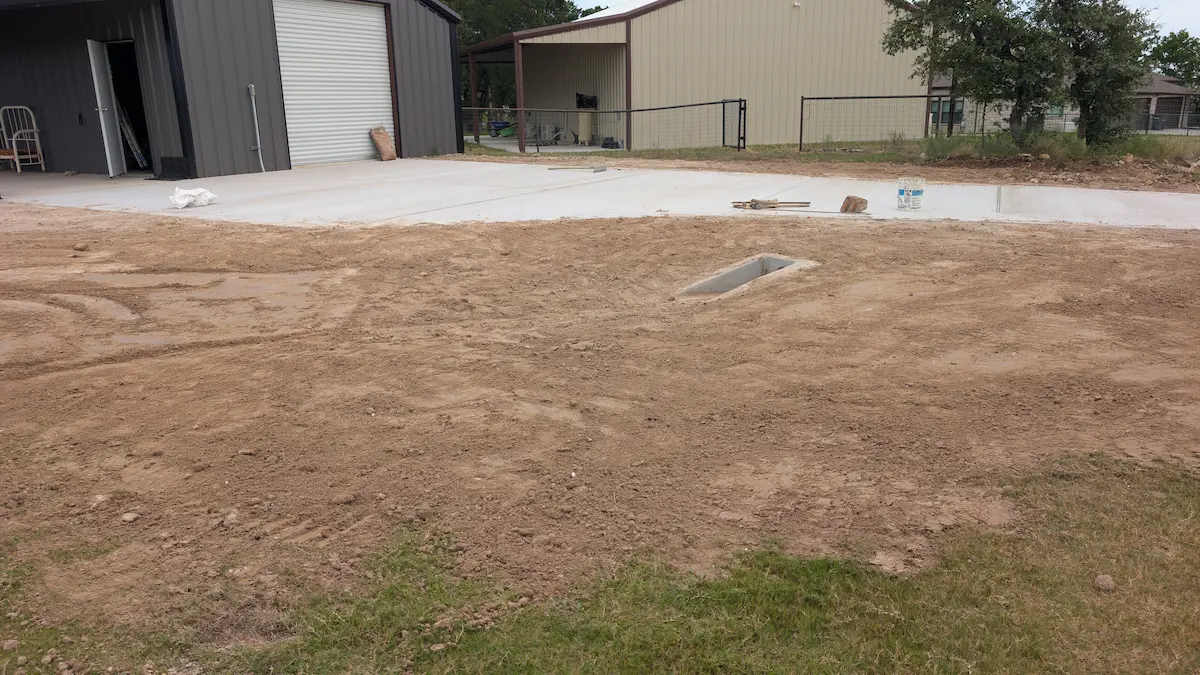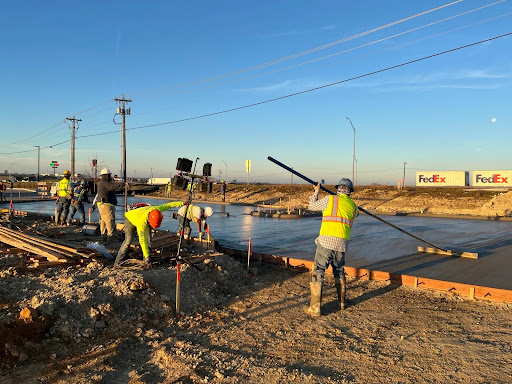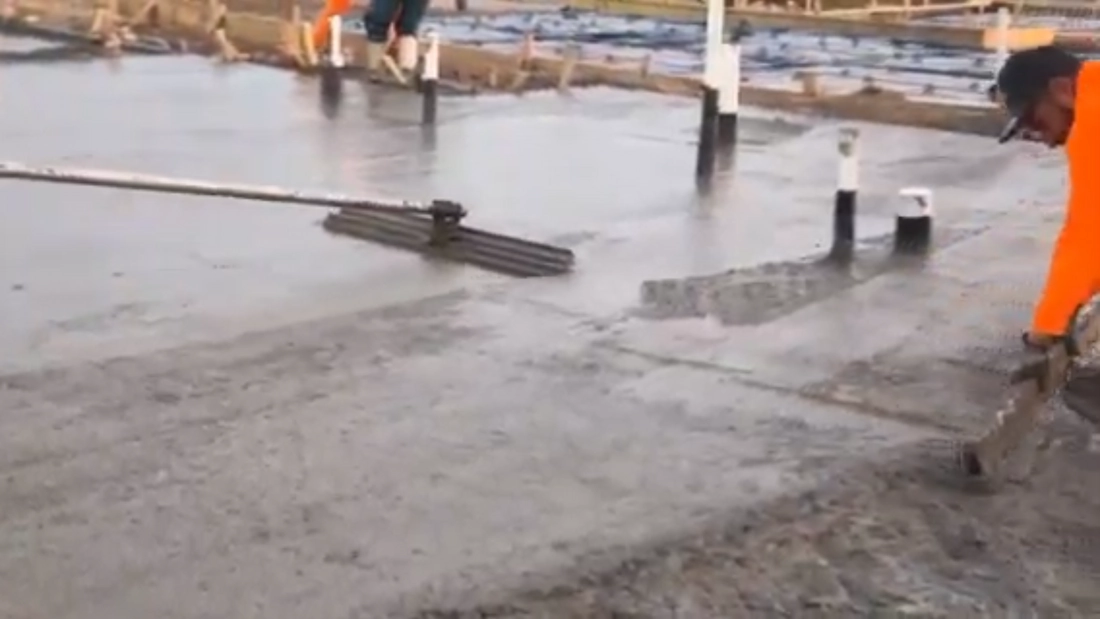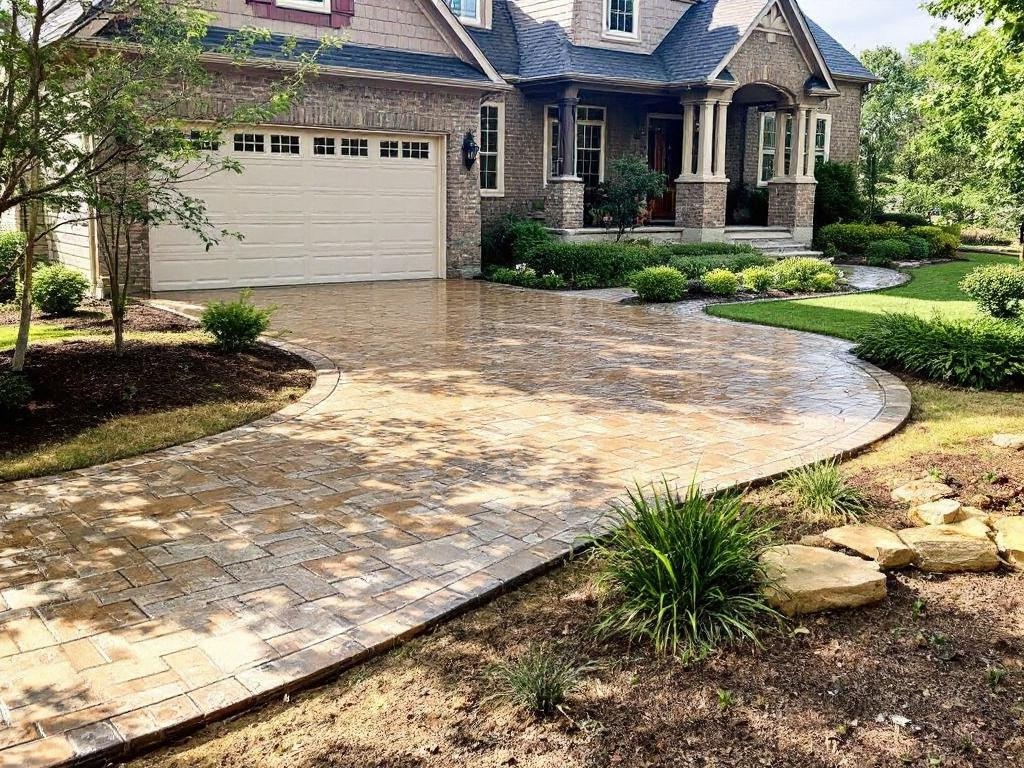
What Is the Downside of Stamped Concrete?
Stamped concrete is known for combining beauty, durability, and value, but it comes with a few downsides, too. Whether you’re a homeowner or a property manager, it’s important to understand both the strengths and weaknesses before investing.
In this guide, we’ll break down the real downsides of stamped concrete, backed by hands-on experience, expert insight, and practical comparisons to help you make a confident decision.
Understanding Stamped Concrete: A Quick Primer
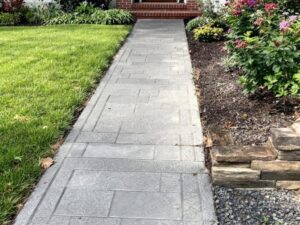
Before getting into the downsides, it helps to understand what stamped concrete actually is.
Stamped concrete is a concrete surface that’s patterned, textured, or colored to mimic materials like stone, brick, slate, or even wood, giving you the look of a high-end surface at a more affordable price.
That’s what makes it so popular for driveways, patios, pool decks, walkways, and even commercial plazas. However, like any material, it has limitations worth knowing.
The Downsides of Stamped Concrete (For Homeowners & Commercial Users)
For Homeowners
1. Susceptible to Cracking and Difficult to Repair Naturally
Concrete naturally expands and contracts with temperature changes, which can lead to cracking. This is especially common where driveways meet garage slabs, around trees, or in areas with poor subgrade support.
While cracks can be repaired, perfectly matching the color and pattern is very challenging. Even small patchwork often remains visible.
2. Maintenance Is Non-Negotiable
Stamped concrete surfaces require resealing every 2–3 years in Texas heat and sun. Skipping this step allows UV rays, moisture, and chemicals to degrade the surface prematurely.
3. Slippery When Wet
The sealer used on stamped concrete can create a slick surface when wet, especially around pools or driveways. If your contractor didn’t include a non-slip additive, it can pose a safety risk for kids, pets, or visitors.
4. Fading and Discoloration Over Time
Strong sunlight can cause surface colors to fade, especially darker dyes. UV exposure gradually dulls the vibrancy, particularly along ridges and edges.
5. Higher Upfront Cost vs. Plain ConcreteBecause of the extra labor, patterning, and coloring involved, stamped concrete typically costs 20–40% more than plain concrete of comparable strength.
For Commercial Properties & Heavy-Traffic Areas
1. Load Stress Issues
Commercial surfaces endure heavier loads, delivery trucks, equipment, and utility vehicles. While stamped concrete is strong, it isn’t always designed for repeated heavy use, which can accelerate cracking and surface wear.
2. Joint Stress & Differential Settlement
Large slabs require control and expansion joints. If subgrade compaction or drainage is poor, stress can build at those joints and cause cracking where the stamp pattern is interrupted.
3. Repair Visibility
Repairing large stamped areas, like plazas or shopping centers, can be difficult. Even expert patching may stand out if color or texture doesn’t blend perfectly.
4. Long Downtime During Installation or Resealing
When large stamped areas are being installed or resealed, businesses may need to restrict access temporarily, which can affect customer traffic and revenue.
5. Regulatory & ADA Requirements
Commercial sites must comply with slip-resistance, slope, and drainage regulations. Stamped concrete must be properly engineered and finished to meet those standards.
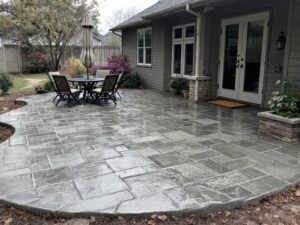
Pros & Cons Comparison at a Glance
| Pros | Cons |
| High-end look at lower cost than natural stone | Requires resealing every 2-3 years |
| Wide variety of pattern and color options | Repairs are hard to color-match |
| Can last 25–30+ years with proper care | Can be slippery if not finished properly |
| Low weed growth compared to pavers | May fade with UV exposure |
| Adds curb appeal and value | Costs more than plain concrete |
| Versatile – usable for driveways, patios, pool decks | Not ideal for heavy commercial loads without reinforcement |
Expert Insights & Best Practices
- Ensure proper subgrade preparation. Compaction, drainage, and base material quality are key to preventing cracks and uneven settling.
- Use control joints and fiber reinforcement. These reduce cracking and improve long-term stability.
- Choose sealers with UV and non-slip protection. They preserve color and safety, especially in high-traffic or poolside areas.
- Commit to regular maintenance. Cleaning, resealing, and filling minor cracks every few years dramatically extend surface life.
- For commercial sites, consider reinforcement. Heavier steel or hybrid concrete systems may be better for high-load zones
These are the same best practices we follow at Rios Brothers Concrete Services to ensure every stamped surface performs beautifully and lasts for decades.
Final Thoughts
Stamped concrete offers a great balance between appearance and durability, but it isn’t maintenance-free.
When you understand the potential downsides and plan accordingly, stamped concrete can outperform many other decorative options and give your property the style and longevity you’re looking for.
If you’re considering a stamped driveway, patio, or commercial project in Texas, contact Rios Brothers Concrete Service. With decades of experience in both residential and commercial concrete work, we know how to make stamped concrete look amazing and stand strong for years to come.
Request your free quote today, and see how we can help you get the most out of your concrete investment.
FAQs: Common Questions About Stamped Concrete Downsides
Q: How soon do cracks appear in stamped concrete?
A: Minor shrinkage cracks can appear within the first year and sometimes within even the first few weeks, though major cracking may not occur for many years if installed and maintained properly.
Q: Can you re-stamp a cracked area?
A: No. You can patch or resurface a damaged section, but you can’t re-stamp it to match the existing pattern exactly.
Q: Is stamped concrete more expensive than regular concrete?
A: Yes, typically 20–40% more, due to added coloring, patterning, and specialized labor.
Q: Does sealing really help reduce the downsides?
A: Absolutely. Resealing protects against UV damage, stains, and moisture penetration, all of which preserve appearance and strength.
Q: What are alternatives if I don’t want stamped concrete?
A: Popular options include plain concrete, interlocking pavers, natural stone, or asphalt. Each has trade-offs in cost, durability, and appearance.
Q: What surfaces are alternatives if I don’t want stamped concrete?
A: Options include plain concrete, interlocking pavers, natural stone, or asphalt each with trade-offs in cost, aesthetics, and durability.

